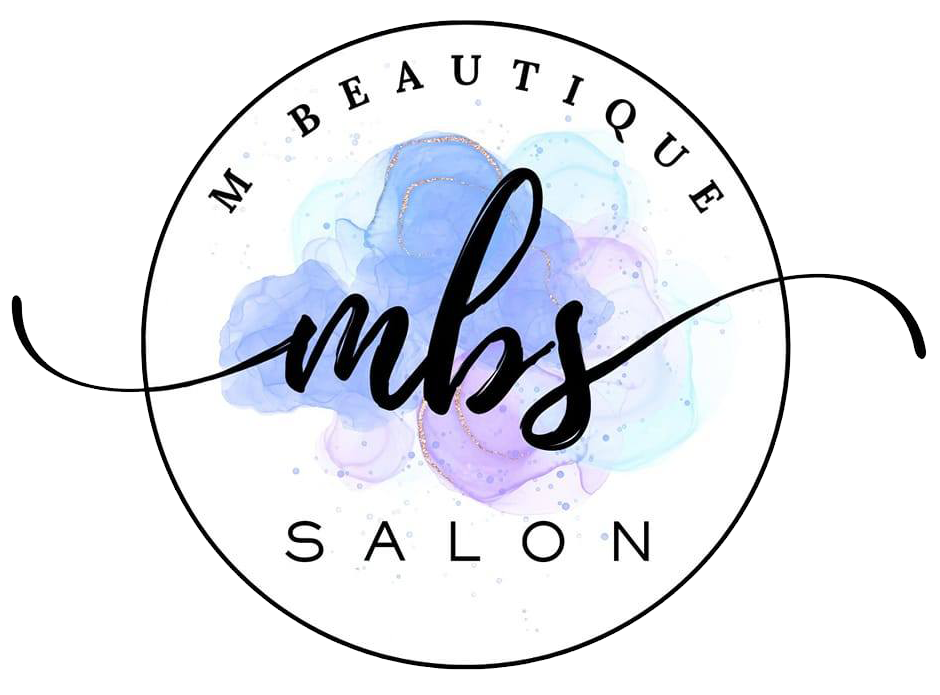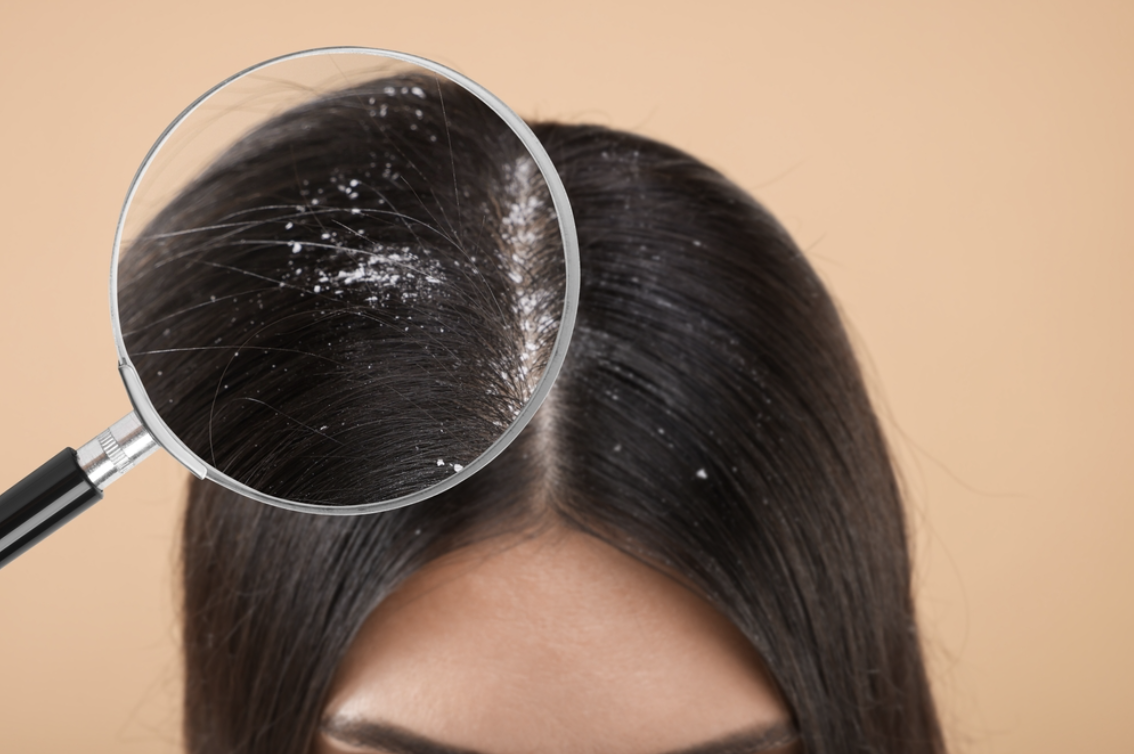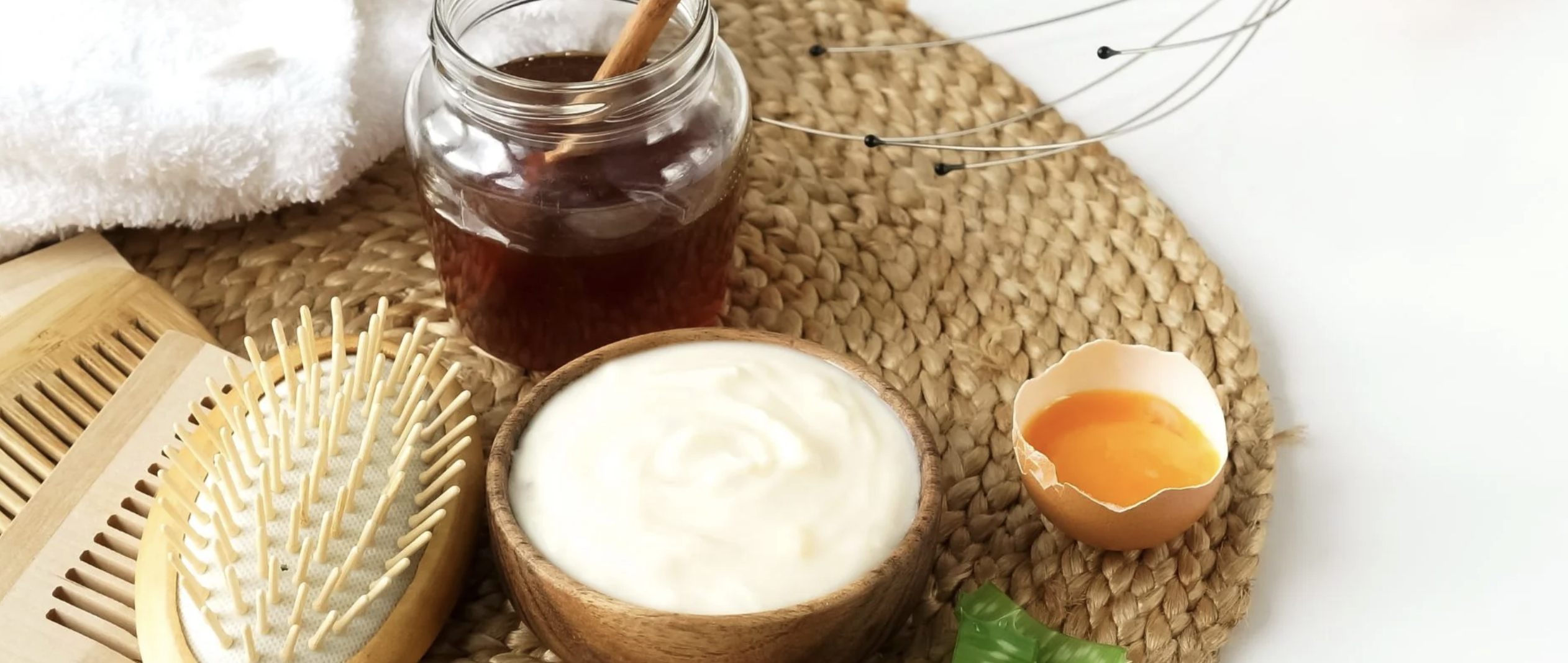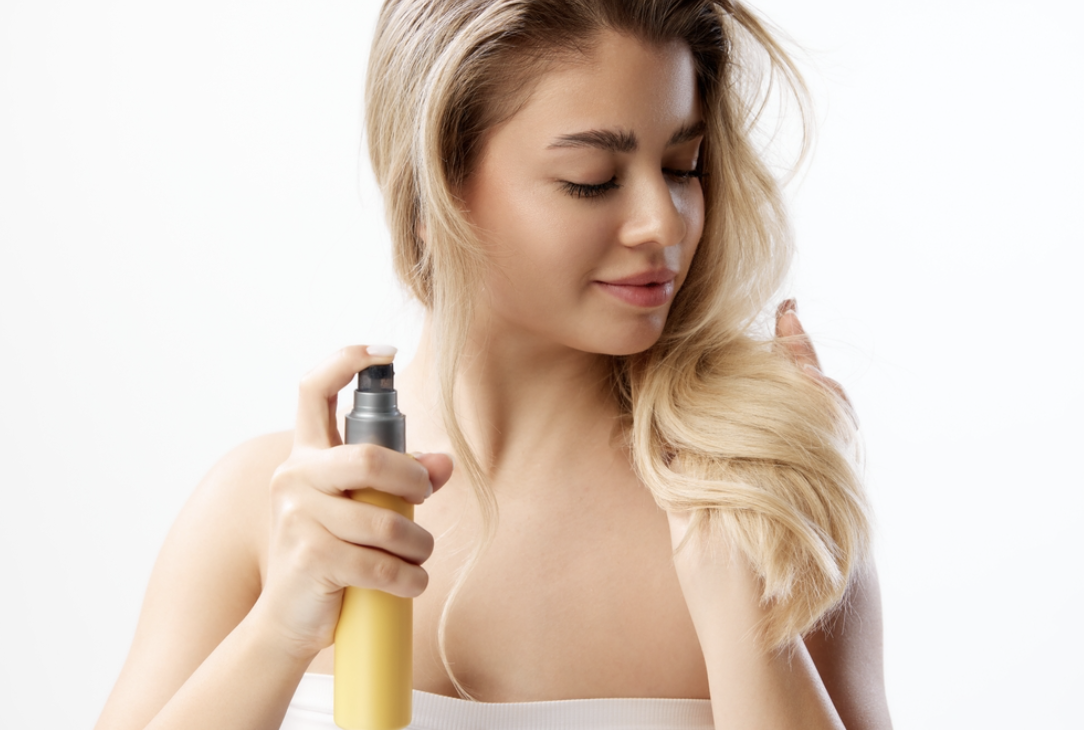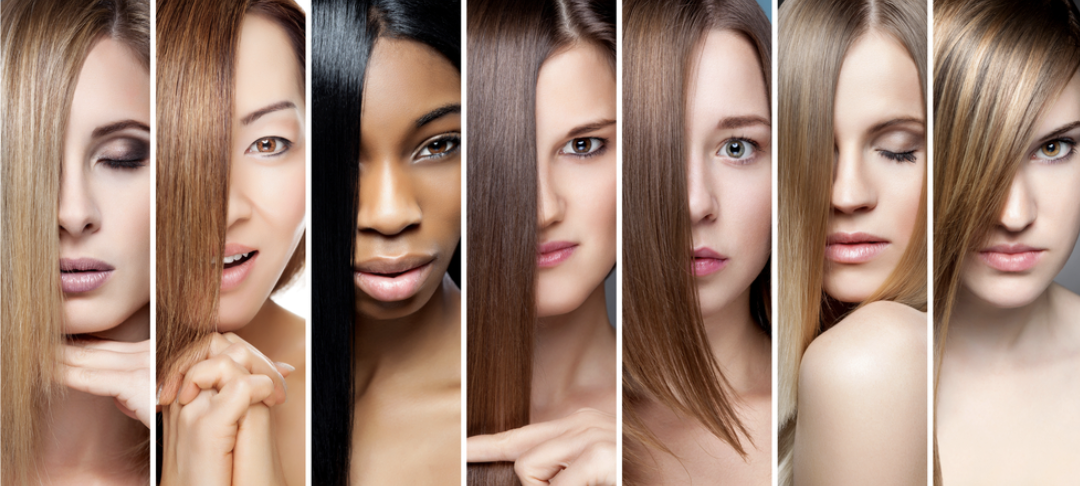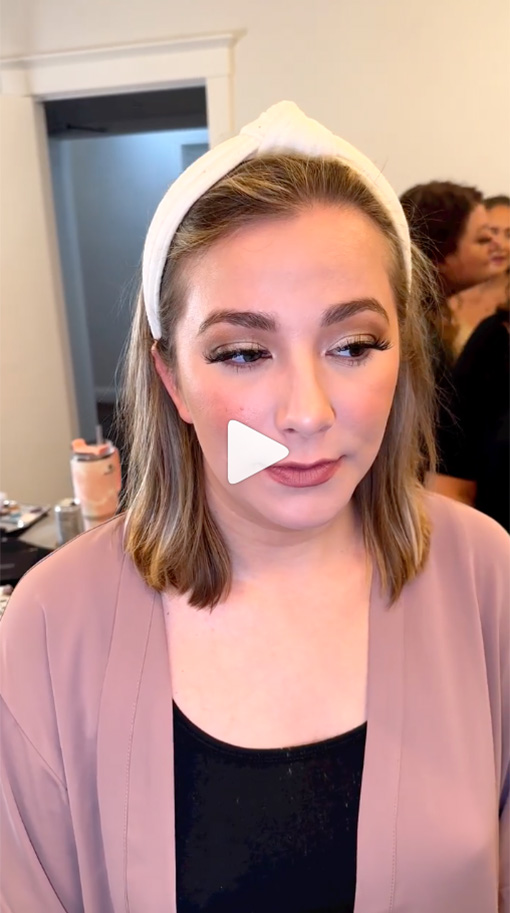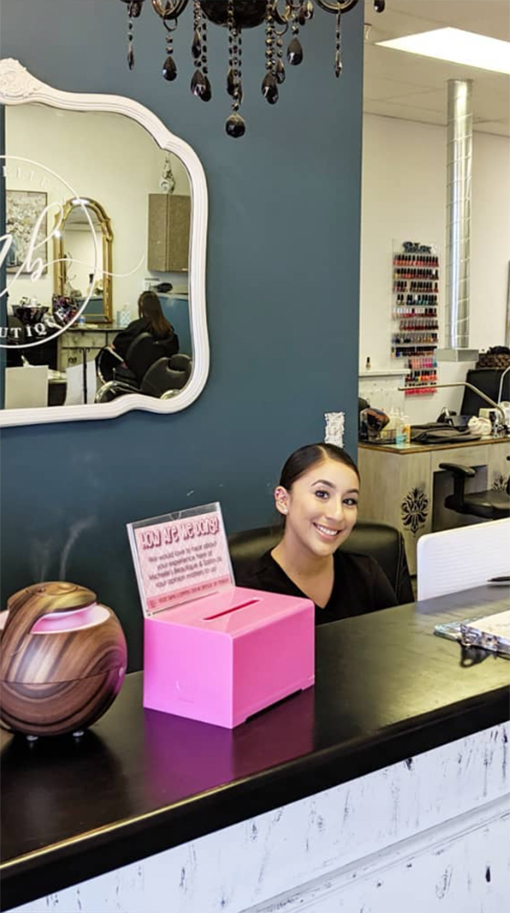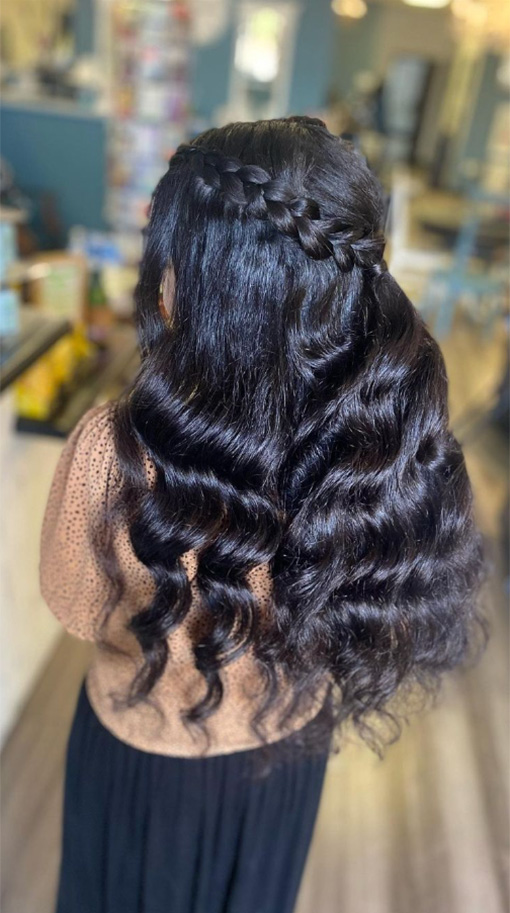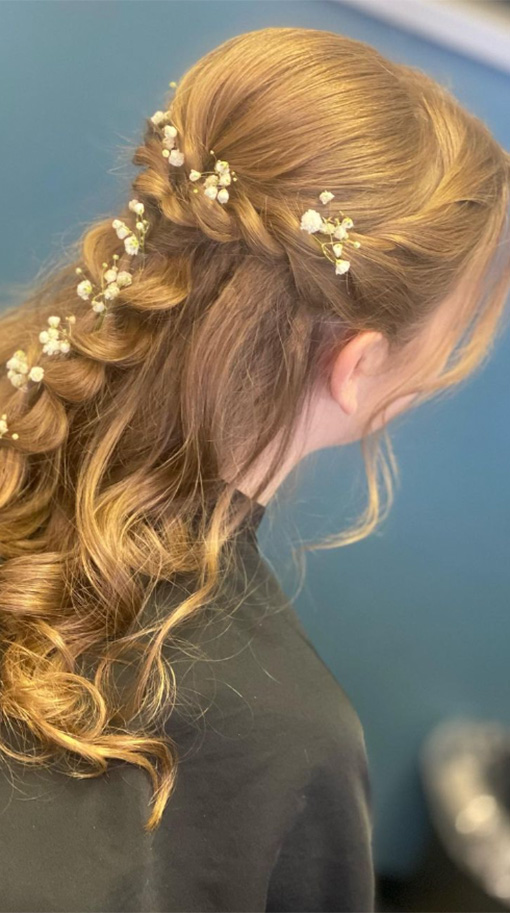Dandruff is a common scalp condition that affects millions of people worldwide. While it might seem like a minor issue, dandruff can cause significant discomfort and self-consciousness. This comprehensive guide will explore everything you need to know about dandruff, including its causes, symptoms, prevention strategies, and effective treatments. Whether you’re dealing with mild flakes or persistent scalp irritation, this guide aims to help you manage and overcome dandruff effectively.
Understanding Dandruff
What is Dandruff?
Dandruff is characterized by the shedding of dead skin cells from the scalp, resulting in white or yellow flakes that are visible in the hair and on clothing. While it’s a harmless condition, dandruff can be persistent and sometimes embarrassing for those affected.
Common Symptoms
- Flaky Scalp: The most noticeable symptom is the presence of white or yellow flakes in the hair and on the shoulders.
- Itchy Scalp: An itchy scalp often accompanies dandruff, leading to scratching that can exacerbate the condition.
- Redness and Irritation: In some cases, the scalp may appear red and irritated due to inflammation.
Causes of Dandruff
Dry Skin
Dry skin is a leading cause of dandruff. It often results in smaller, less oily flakes and is more common during the colder months when indoor heating can dry out the skin.
Seborrheic Dermatitis
Seborrheic dermatitis is a more severe form of dandruff that causes red, greasy skin covered with flaky white or yellow scales. It can affect other oily areas of the body, such as the face and chest.
Malassezia Fungus
Malassezia is a yeast-like fungus that lives on the scalp. An overgrowth of this fungus can irritate the scalp, leading to increased cell turnover and dandruff.
Sensitivity to Hair Care Products
Some individuals may develop dandruff as a reaction to certain hair care products, including shampoos, conditioners, and styling products. This sensitivity can lead to scalp irritation and flaking.
Infrequent Hair Washing
Not washing hair regularly can lead to an accumulation of oil and dead skin cells on the scalp, contributing to dandruff development.
Identifying the Type of Dandruff
Understanding the type of dandruff you have can help in selecting the most effective treatment. Here are the main types:
Dry Dandruff
Dry dandruff is characterized by small, dry flakes and an itchy, tight scalp. It’s often linked to cold weather and indoor heating.
Oily Dandruff
Oily dandruff presents as larger, greasy flakes and is usually associated with seborrheic dermatitis. It often affects areas rich in oil glands, such as the scalp, eyebrows, and sides of the nose.
Combination Dandruff
Combination dandruff exhibits symptoms of both dry and oily dandruff, with flakes that vary in size and consistency.
Preventing Dandruff
Prevention is always better than cure. Here are some strategies to prevent dandruff from developing or worsening:
Maintain a Healthy Scalp Hygiene
Regular washing helps remove excess oil and dead skin cells. Aim to wash your hair at least two to three times a week, depending on your scalp type.
Use Gentle Hair Care Products
Choose shampoos and conditioners that are free from harsh chemicals and fragrances. Products labeled as “gentle” or “for sensitive skin” are usually a good choice.
Eat a Balanced Diet
A diet rich in vitamins and minerals supports scalp health. Ensure you consume sufficient zinc, B vitamins, and healthy fats to maintain a healthy scalp.
Avoid Excessive Heat Styling
Frequent use of heat styling tools like hair dryers, straighteners, and curling irons can dry out the scalp. Use these tools sparingly and always apply a heat protectant spray.
Effective Treatments for Dandruff
There are various treatments available to manage dandruff, ranging from over-the-counter shampoos to natural remedies. Here’s a detailed look at the most effective options:
Medicated Shampoos
Medicated shampoos are often the first line of defense against dandruff. They contain active ingredients that target the underlying causes of dandruff.
Zinc Pyrithione Shampoos
Zinc pyrithione is an antimicrobial and antifungal agent that reduces the fungus causing dandruff. It helps in decreasing flakiness and soothing the scalp.
Selenium Sulfide Shampoos
Selenium sulfide slows down the production of skin cells and reduces scalp fungus. It’s effective for severe dandruff but can discolor light-colored hair.
Coal Tar Shampoos
Coal tar slows the turnover of skin cells on the scalp. It can be effective for seborrheic dermatitis but may cause scalp irritation in some individuals.
Salicylic Acid Shampoos
Salicylic acid helps remove dead skin cells from the scalp. However, it can sometimes leave the scalp dry, so it’s often used in combination with a conditioner.
Natural Remedies
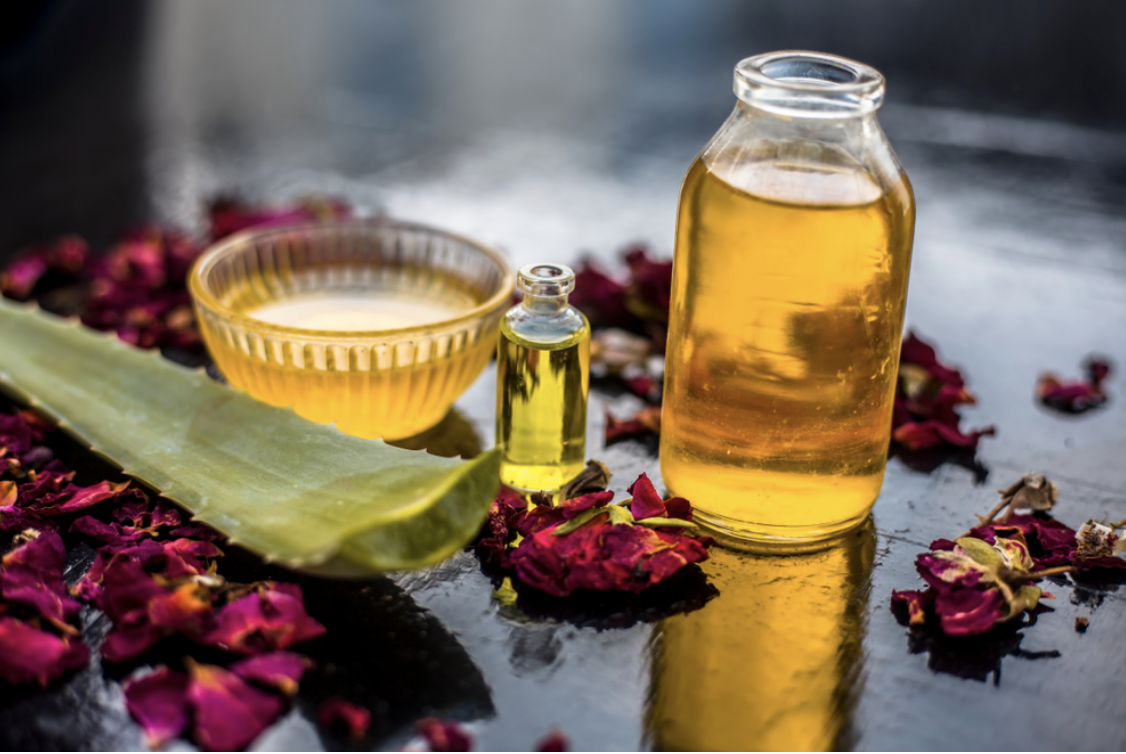
For those who prefer natural treatments, several options can help manage dandruff:
Tea Tree Oil
Tea tree oil has antifungal and antibacterial properties that can reduce dandruff. Add a few drops to your regular shampoo or dilute it with a carrier oil before applying to the scalp.
Apple Cider Vinegar
Apple cider vinegar helps balance the scalp’s pH, reducing yeast growth. Mix equal parts of apple cider vinegar and water and apply to the scalp for 15 minutes before rinsing.
Coconut Oil
Coconut oil moisturizes the scalp and has antifungal properties. Massage warm coconut oil into the scalp, leave it on for about an hour, then wash it out with a gentle shampoo.
Aloe Vera
Aloe vera soothes the scalp and reduces inflammation. Apply pure aloe vera gel to the scalp, leave it on for 30 minutes, and then rinse thoroughly.
Prescription Treatments
For persistent or severe dandruff, a healthcare provider may prescribe stronger treatments:
Topical Steroids
Topical corticosteroids can reduce inflammation and itching associated with severe dandruff or seborrheic dermatitis.
Antifungal Medications
Oral or topical antifungal medications may be prescribed for stubborn dandruff that doesn’t respond to over-the-counter treatments.
Lifestyle Changes
In addition to treatments, certain lifestyle adjustments can help manage dandruff effectively:
Regular Brushing
Brushing your hair regularly helps distribute natural oils evenly across the scalp, reducing dryness and flakiness.
Avoiding Hair Products with Harsh Chemicals
Steer clear of products containing alcohol, sulfates, and parabens, as they can irritate the scalp and worsen dandruff.
Protecting Your Scalp from Extreme Weather
Extreme cold or heat can dry out the scalp. Wear a hat in harsh weather conditions to protect your scalp from environmental stressors.
When to See a Doctor
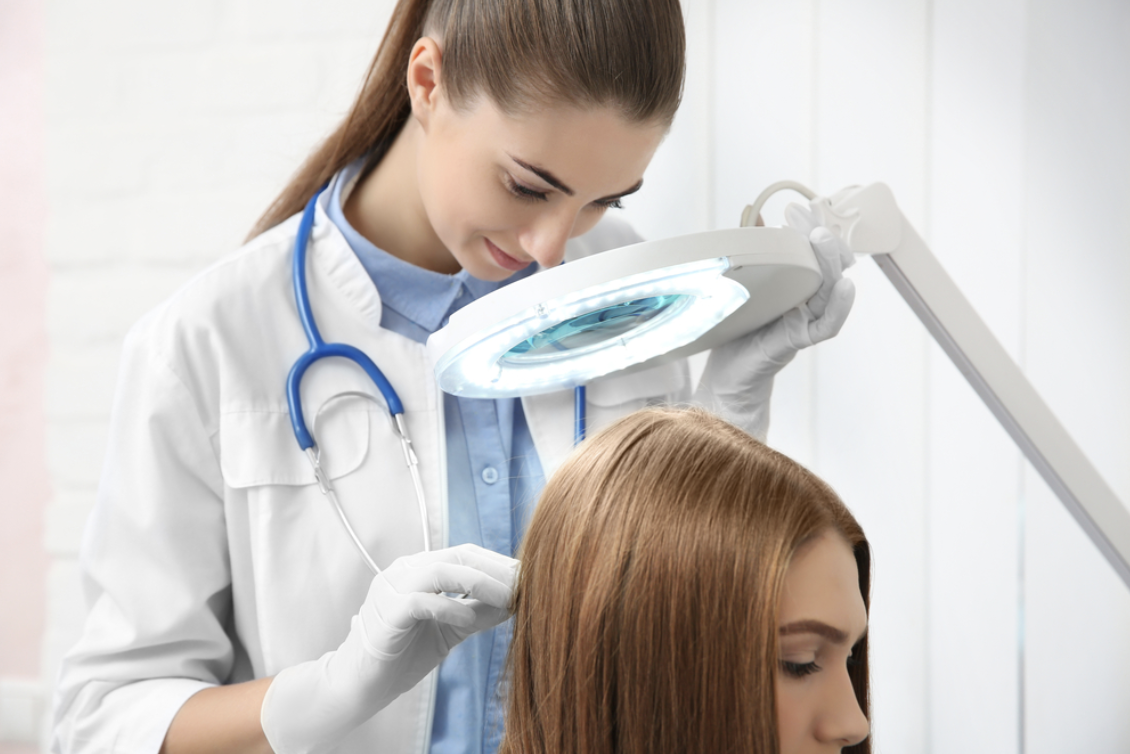
While dandruff is usually manageable with over-the-counter treatments and lifestyle changes, there are instances when seeking professional medical advice is necessary:
- Persistent Symptoms: If dandruff persists despite using various treatments, a doctor can help identify underlying causes.
- Severe Scalp Inflammation: Extensive redness, swelling, or pain on the scalp may indicate a more serious condition.
- Hair Loss: Significant hair loss or thinning associated with dandruff should be evaluated by a healthcare provider.
- Secondary Infections: If the scalp becomes infected due to excessive scratching, medical intervention may be required.
Myths and Facts About Dandruff
Myth 1: Dandruff is Caused by Poor Hygiene
Fact: While infrequent washing can contribute to dandruff, it is not solely caused by poor hygiene. Factors like genetics, skin conditions, and fungal growth also play significant roles.
Myth 2: Only Adults Get Dandruff
Fact: Dandruff can affect individuals of all ages, including children. However, it is more common in adults due to increased oil production in the scalp.
Myth 3: Dandruff is Contagious
Fact: Dandruff is not contagious. It cannot be spread from person to person through contact.
Myth 4: Using More Shampoo Eliminates Dandruff
Fact: Over-washing can dry out the scalp, potentially worsening dandruff. It’s essential to find a balance that keeps the scalp clean without stripping away natural oils.
Tips for Managing Dandruff
Effectively managing dandruff involves a combination of treatments and healthy habits. Here are some practical tips to help you keep dandruff under control:
Choose the Right Shampoo
Experiment with different types of medicated shampoos to find the one that works best for your scalp. Rotate between shampoos with different active ingredients to prevent resistance.
Follow Proper Shampooing Technique
- Massage Gently: Use your fingertips to massage the shampoo into your scalp gently. Avoid using nails, which can irritate the scalp.
- Leave It On: Allow the shampoo to sit on your scalp for at least five minutes to let the active ingredients work effectively.
- Rinse Thoroughly: Ensure all shampoo is washed out to prevent residue buildup, which can exacerbate dandruff.
Condition Your Hair
Using a conditioner can help keep your hair and scalp moisturized, especially if you’re using harsh shampoos. Apply conditioner primarily to the ends of your hair, avoiding the scalp.
Manage Stress Levels
High stress can trigger or worsen dandruff. Incorporate relaxation techniques such as deep breathing, meditation, or hobbies that help you unwind.
Maintain a Healthy Diet
Include foods rich in omega-3 fatty acids, zinc, and vitamins B and D to support scalp health. Examples include fish, nuts, seeds, leafy greens, and whole grains.
Stay Hydrated
Drinking plenty of water helps keep your skin and scalp hydrated, reducing the likelihood of dryness and flaking.
Avoid Excessive Use of Hair Styling Products
Limit the use of gels, sprays, and other styling products that can build up on the scalp and contribute to dandruff.
Natural Remedies: Pros and Cons
Natural remedies can be effective for managing dandruff, but it’s essential to understand their benefits and limitations.
Pros
- Fewer Chemicals: Natural remedies often contain fewer harsh chemicals, making them suitable for sensitive scalps.
- Cost-Effective: Many natural treatments are inexpensive and easily accessible.
- Additional Benefits: Ingredients like tea tree oil and aloe vera offer additional benefits such as soothing irritation and moisturizing the scalp.
Cons
- Variable Effectiveness: Natural remedies may not work for everyone and can vary in effectiveness.
- Potential Allergies: Some natural ingredients can cause allergic reactions in certain individuals.
- Time-Consuming: Natural treatments often require regular application and longer durations to see results.
Combining Treatments for Better Results
For persistent dandruff, combining different treatments can enhance effectiveness. Here’s how you can create a comprehensive dandruff management plan:
Alternate Shampoos
Use different types of medicated shampoos on alternate days. For example, use a zinc pyrithione shampoo one day and a selenium sulfide shampoo the next. This approach can prevent the scalp from becoming resistant to a single treatment.
Integrate Natural Remedies
Incorporate natural remedies alongside medicated shampoos. For instance, apply tea tree oil before shampooing or use apple cider vinegar as a rinse after using a medicated shampoo.
Consistent Routine
Maintain a consistent hair care routine, ensuring you wash your hair regularly and follow up with appropriate treatments. Consistency is key to managing dandruff effectively.
Long-Term Management and Maintenance
Once you have successfully managed dandruff, maintaining the results requires ongoing care:
Regular Use of Medicated Shampoos
Continue using medicated shampoos periodically, even when dandruff is under control, to prevent recurrence.Keep an eye on your scalp’s condition. If you notice the return of flakes or itching, address it promptly with appropriate treatments.
Adjust Treatments as Needed
Your scalp’s needs may change over time due to factors like weather, stress, or hormonal changes. Be prepared to adjust your treatment regimen accordingly.
Seek Professional Advice
If you experience frequent flare-ups or worsening symptoms, consult a dermatologist for personalized advice and advanced treatment options.
Conclusion
Dandruff is a manageable condition with the right approach. By understanding its causes, identifying the type you have, and implementing effective treatments and preventive measures, you can keep dandruff under control and maintain a healthy, comfortable scalp. Whether you prefer medicated shampoos, natural remedies, or a combination of both, consistency and proper scalp care are essential for long-term success. Don’t let dandruff hold you back—take the steps outlined in this guide to achieve a flake-free, confident you.
